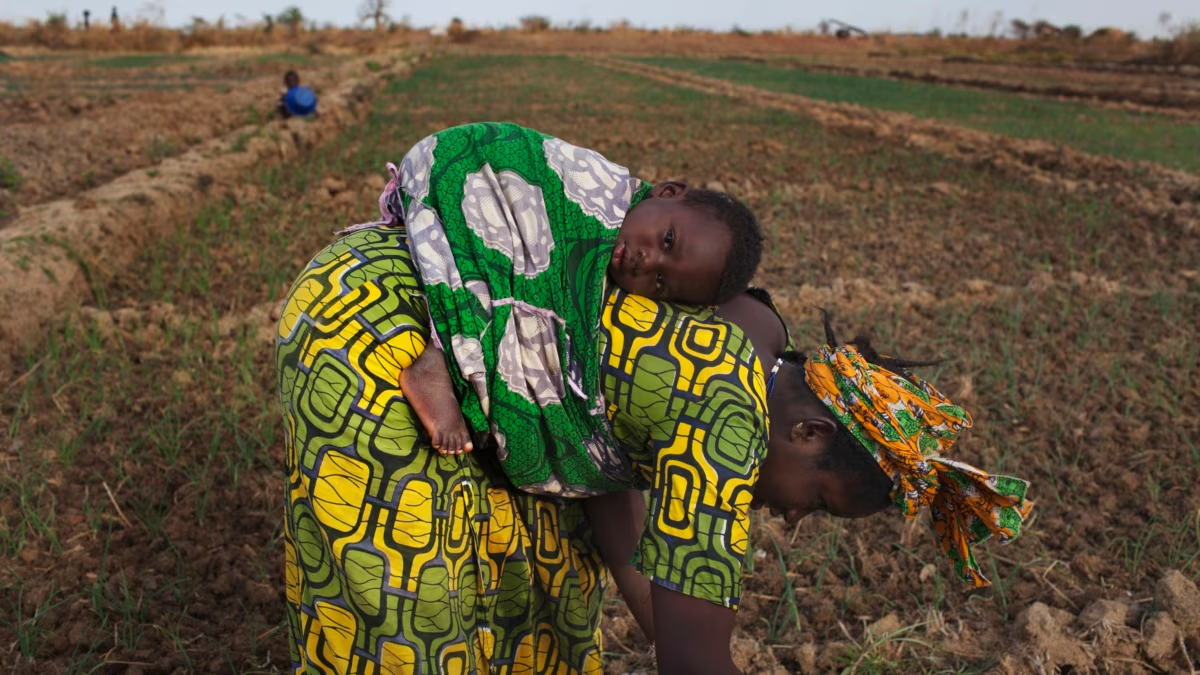Simple innovations a quicker route to boosting smallholder farmers’ productivity and food security
From my previous post, I mentioned of the big contribution smallholder farmers make towards Kenya’s economy, with over 80% of the Kenyan population, especially those living in rural areas, deriving their livelihoods from agricultural related activities. This accounts for 25% of the Gross Domestic Product (GDP). But we also know that smallholder farmers hardly achieve 50% of what their farms are capable of producing due to low access to technology, lack of financing as well as the ever worsening effects of climate change.

So what should be done to help these farmers who are key to improving Kenya’s economic growth and food security? Many times I get the feeling that we are missing out on opportunities to address the said challenges, since we are often looking for highly complex technologies to solve (sometimes) simple problems. We also tend to ignore very simple innovations that can have massive results if adopted and scaled up.
Maybe if we focused more on identifying and scaling up the already existing simple technologies, we will have achieved a huge part in addressing the food production challenges that already exist. We can then have time and resources to focus on the more complex solutions, while already having taken advantage of what can be called a quick win. To put my argument into perspective, I wish to refer to this small village in Yatta region, a semi arid region in lower Eastern Kenya. In this particular village, a group of farmers have adopted the innovative approach of planting maize in seed beds one or two months before the start of rain seasons.
The idea behind doing this is to ensure that the seedlings are one or two months old before the rain starts, and are then transplanted into the farms when there is enough rainfall to sustain them for the next months to maturity. Since maize takes between three to five months to mature (depending on the variety), the approach has greatly helped guarantee harvests to these farmers who used to loose most of their crops before, due to low and shortened rainfall. The said region hardly receives four months of continuous rainfall (which is ideal for maize growing) but through a very simple innovation, the community has been able to harvest maize.
Sadly though, this simple technology has hardly gone beyond one small village, despite its great potential in improving maize productivity in other drier regions in Kenya. There are many other technologies that are simple and easily replicable by smallholder farmers that are not being transferred to the masses. I have heard of simple solar fruit driers, cassava drying and milling among other technologies that can really help in value addition and preservation for farm produce.
Imagine if the seedbed method was popularized to all smallholder farmers in semi arid regions in Kenya and beyond. Imagine if all the surplus mangoes that are lost during the harvest season due to lack of market were dried up and packaged for use and resale during the off season periods. There are many more technologies out there that are very simple, and would contribute greatly in boosting economic growth and food security if transferred to millions of smallholder farmers in Kenya and beyond. Its time stakeholders started from the simple solutions, before going to the more complicated food production approaches (or at least ensure that there is attention to both)
Simon Wachieni
Consultant & Trainer in Social Development & Agribusiness
















Leave a Reply